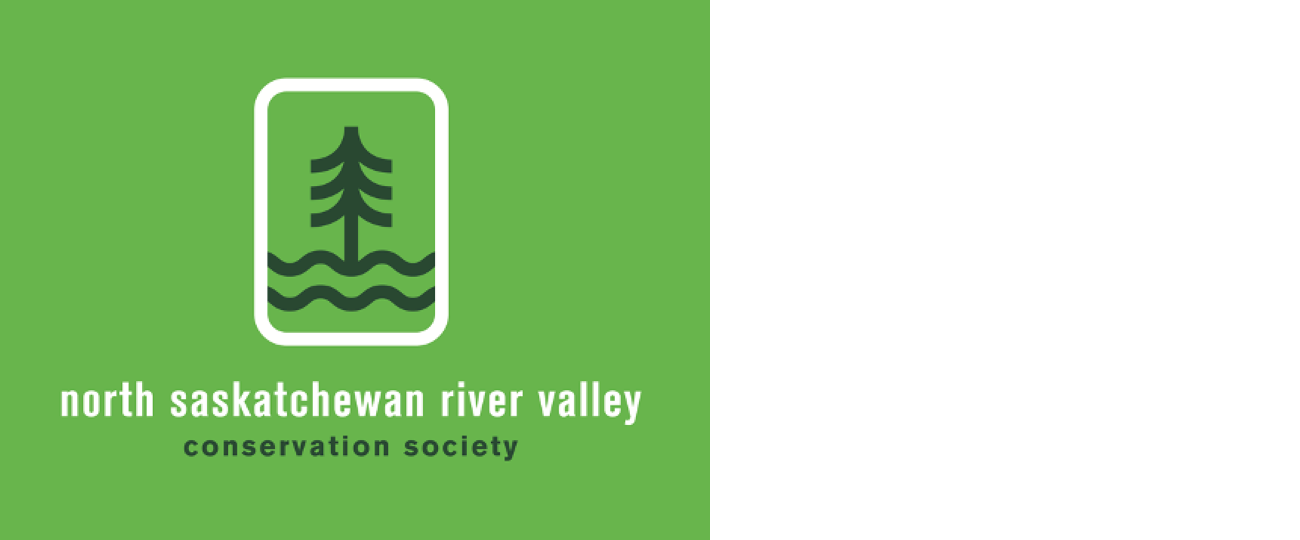Etiquette on how to share river valley trails
Have you ever wondered who has the right of way on the trails? Yes, there is etiquette that can make it safer for everyone sharing the trails. Trail etiquette is even more important when you are hiking in a group. Always hike single file, never taking up more than half the trail space, and stay on the trail itself.
The official rule is that people going uphill have the right of way. In general, hikers heading up an incline have a smaller field of vision. Since mountain bikes are considered more maneuverable than hikers’ legs, bikers are generally expected to yield to hikers on the trail.
Cyclists are required to have and use a bell. Park rangers can issue a $100 ticket to trail users who do not have one. Bike riders must sound their bell before passing slower trail users. Park rangers can issue a $250 ticket to trail users who fail to alert people ahead of them before passing.
Whether hiking, running, or biking yield to horses on the trail, since horses can have a harder time maneuvering the trail. Give the horses as wide a berth as possible and make sure not to make abrupt movements as they pass and talk calmly when approaching to avoid startling the animal. More information at https://rivervalley.ab.ca/news/trail-etiquette-how-to-share-the-trails/
The racist legacy many birds carry
The birding community faces a difficult debate about the names of species connected to enslavers, supremacists, and grave robbers. The Bachman’s sparrow, Wallace’s fruit dove and other winged creatures bear the names of men who stole skulls from Indian graves for pseudoscientific studies that were later debunked and bought and sold Black people.
Even John James Audubon’s name is fraught in a racial reckoning. Long the most recognized figure in North American birding for his detailed drawings of the continent’s species, he was also an enslaver who mocked abolitionists working to free Black people. Some of his behavior is so shameful that the 116-year-old National Audubon Society, a premier bird conservation group, has not ruled out changing its name.
White explorers, conservationists and scientists who crossed the world conveniently ignored the fact that birds had been discovered, named, and observed by native people for centuries before their arrival.
“White people are credited for discovering the bird. White people were the ones to name the birds after other White people. And White people are still the folks that are perpetuating these names,” said Jordan Rutter, co-founder of Bird Names for Birds. Read more at https://www.washingtonpost.com/climate-environment/interactive/2021/bird-names-racism-audubon/
Nakota Isga new name for city’s northwest ward
Ward 1’s new name honours the Alexis Nakota Sioux Nation, the furthest northwestern representative of the Siouan language family. Nakota Isga means the people, the respective English term is Stoney.
Archaeological findings suggest Siouan-speaking people may have been in Alberta's foothills before Columbus reached North America. The earliest written historical documents available indicate that Nakota people were well established along the Saskatchewan and Athabasca Rivers during the 1700s. Several fur trading posts were explicitly opened along the Saskatchewan and Athabasca Rivers to attract the trade of the "Swampy Ground Stone People".
According to Alexis' oral history, a long time ago a charismatic Nakota chief from the southeast followed his vision and led his people to the shores of the sacred lake Wakamne, God's Lake or Lac Ste Anne. The lake and the surrounding area are rich in natural resources and was used to supply Fort Edmonton with fish during the early fur trade. To this day, it remains a spiritual centre during the annual Lake Ste Anne pilgrimage.
In 1877, Chief Alexis signed the adhesion to Treaty Six on behalf of the Nakota of the North Saskatchewan, Pembina, and Athabasca River region. When the Alexis Reserve, No. 133, was surveyed in 1880, taking reserve at the shore of the sacred lake Wakamne was a logical choice for the Band. Learn about Alexis Nakota Sioux Nation at https://www.ansn.ca/
Edmonton as arboretum, a botanical garden devoted to trees
Edmonton is a unique blend of indigenous and introduced species. As a sprawling city that contains eighteen-thousand acres of river valley, much of which is forested, Edmonton has some trees that may be as old as recorded history and could yet live for thousands of years, should we let them.
The youngest trees in the city are newcomers, horticultural experiments that may one day leave their mark on Edmonton’s landscape and history. Lilacs from Eastern Europe, cherries from Asia, and Lodgepole pines that colonized a barren landscape after the last ice age are fixtures on Edmonton’s landscape, plants around us that reflect a cultural heritage that spans millennia.
Trees and humans share the landscape and are coevolving a future character of this place. But our roles are uneven. It can take a hundred years to grow a tree and merely an afternoon to remove it. There is something incongruous about short-lived people removing three-hundred-year-old trees to make room for thirty-year developments.
Every tree has a story. Read three of those stories; the Red River Stowaway, Wild Goji, and A Trembling Giant on the south-end of Magrath Heights Park at
https://citymuseumedmonton.ca/2021/06/15/city-as-arboretum/?
River valley concern or contribution
If you have a river valley concern or question, contact us at nsrivervalley@gmail.com
Your friends and neighbours can sign up for this newsletter on our web site.
If you have a photo, information, or event about Edmonton’s river valley and t`hink it should be in this newsletter, email it to us.
Sincerely yours,
Harvey Voogd
North Saskatchewan River Valley Conservation Society
780.691.1712


















